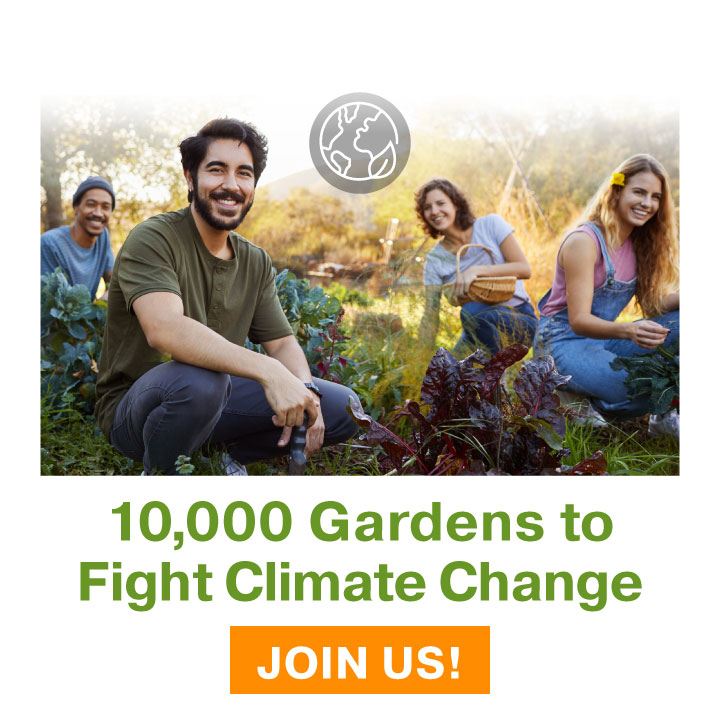8 Vegetables You Can Propagate From Cuttings – To Grow Free Plants Next Year
Though traditionally started from seeds in spring, several vegetables can be regrown from cuttings. Learn how to propagate the strongest performers from your current crop for an endless supply of plants.


Taking cuttings of stems or leaves from a plant, and rooting them to grow a new plant, is a great way to get more value from your plants and recreate favorite varieties. Some plants are better suited to propagation by cutting than others, but there are some vegetables you can easily propagate this way.
One of the biggest benefits of growing vegetables from plant cuttings is that it saves you money on buying seeds or transplants for next year. As long as you have some basic supplies, it’s totally free to get new plants this way.
Another advantage is that you can save your best-performing vegetable plants. Cuttings propagate plants asexually, meaning the new plant is a clone of the first one. Collecting seeds is another option, but your new plant won’t necessarily grow true to the original.
In addition to taking cuttings as you would for any other plant, you can also propagate many vegetables by regrowing kitchen scraps. It’s a simple process to regrow roots and whole new plants from the bases of celery or scallions, for instance.
How to Propagate Vegetables with Cuttings
The process of rooting plants from cuttings is simple and generally the same from one kind of plant to another:
- Use a sharp, clean knife or pair of sheers to snip off a piece of stem about four to six inches (10 to 15cm) long.
- Cut just below a node or where the stem meets the main branch on the plant.
- Remove the lower leaves from the cutting, leaving one or two pairs at the top.
- Dip the cut end of the stem into rooting hormone. This step isn’t necessary but can help speed up the rooting process.
- Place the cut end of the stem into a moist potting mix. Use containers with good drainage. Many plants also root well in water, so you can avoid the mess of potting mix.
- Water regularly to keep the soil moist and cover the cuttings in plastic to keep moisture in.
- Replant the cutting to a larger container or outdoors when it has an inch or more of healthy roots.
- If planting outdoors, harden off the cuttings by placing them outside for a short period of time. Gradually increase the time the cuttings are outdoors and in direct sunlight each day for a week or two.
Best Vegetables to Root from Cuttings
Now, you’re ready to take and root cuttings for some of your favorite vegetable plants. You can keep taking cuttings indefinitely to keep them going season after season.
Try these and other vegetables – and remember to use more than one cutting in case some do not root strongly.
Sign up for the Gardening Know How newsletter today and receive a free copy of our e-book "How to Grow Delicious Tomatoes".
1. Tomatoes

Regrow your prized tomato plants with cuttings. Early summer, when plants benefit from a trim, is a great time to take cuttings, though you can do it later in the growing season, before the first frosts.
Simply trim off side shoots to root. You can regrow these for a second wave of summer or fall tomatoes, or overwinter tomatoes indoors through the cold season. Tomato cuttings root well in water, so you don’t need to get messy with potting mix until the new roots emerge.
Tomato plants can grow quickly, so if they get too big indoors over winter, take cuttings from those plants and start the process again.
2. Peppers
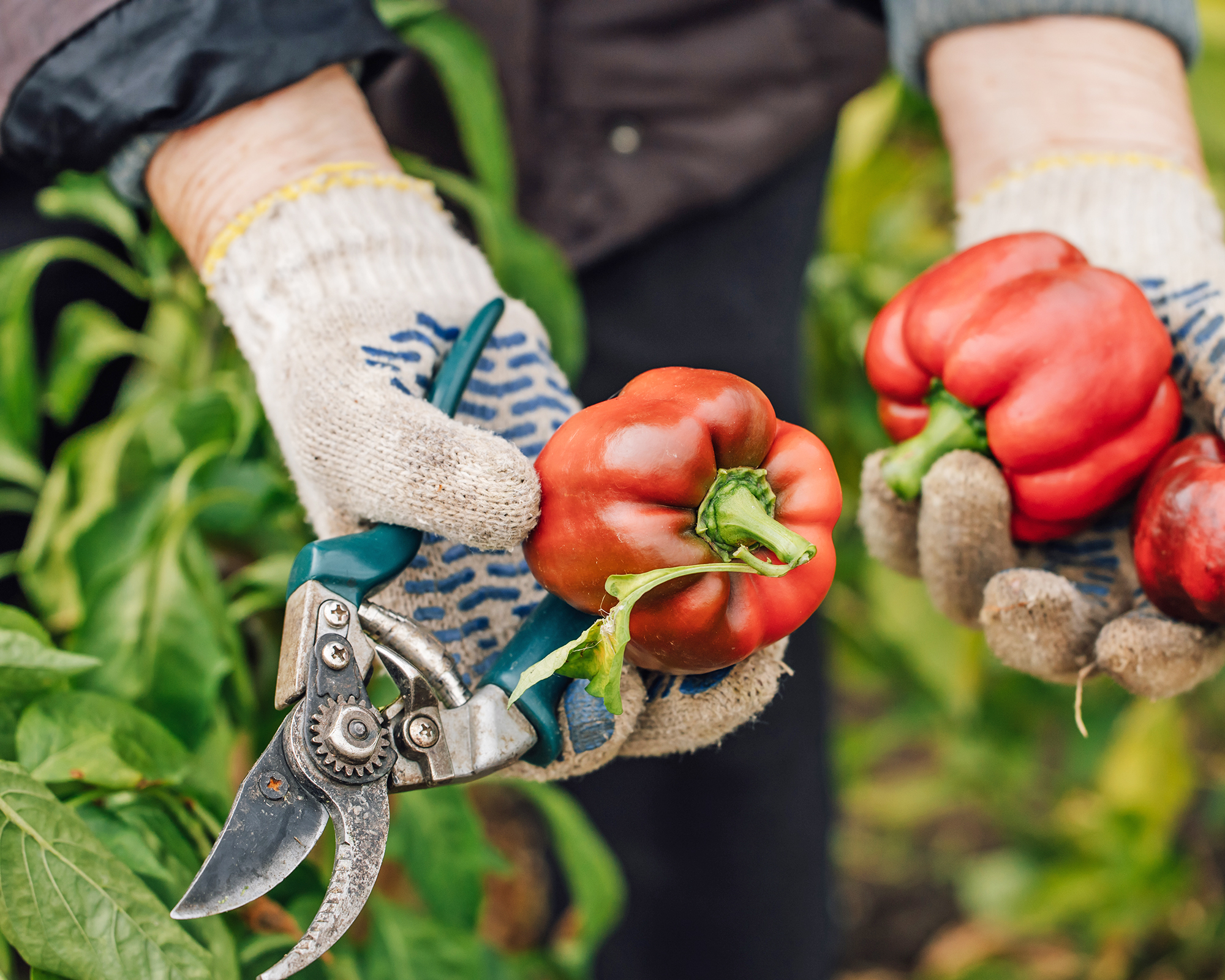
Peppers are also easy to root from cuttings. Remove a healthy stem from a favorite pepper plant to root. You can use a stem that has some side shoots to grow a bushier new plant or choose a single stem.
You can root peppers in water or potting mix, but make sure you remove any flowers so the cutting puts all its energy into growing new roots, not fruit.
3. Zucchini and Summer Squash
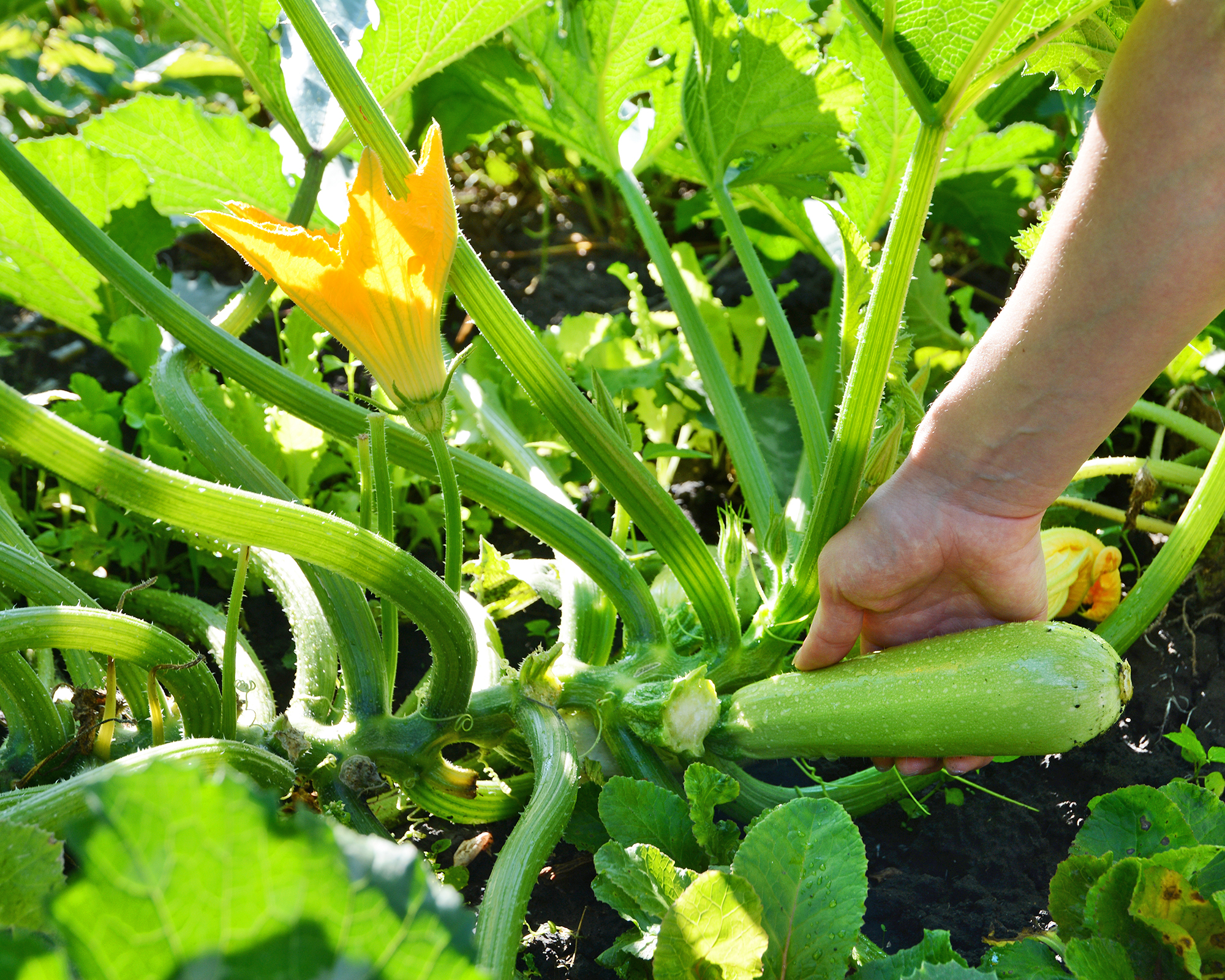
Zucchinis and other summer squashes are classic summer veggies that are easy to grow from cuttings.
Take a piece of new, healthy-looking stem just below a leaf node and root it in moist potting mix. Within a few weeks, you should see healthy roots and it’s ready to be replanted.
4. Cucumber
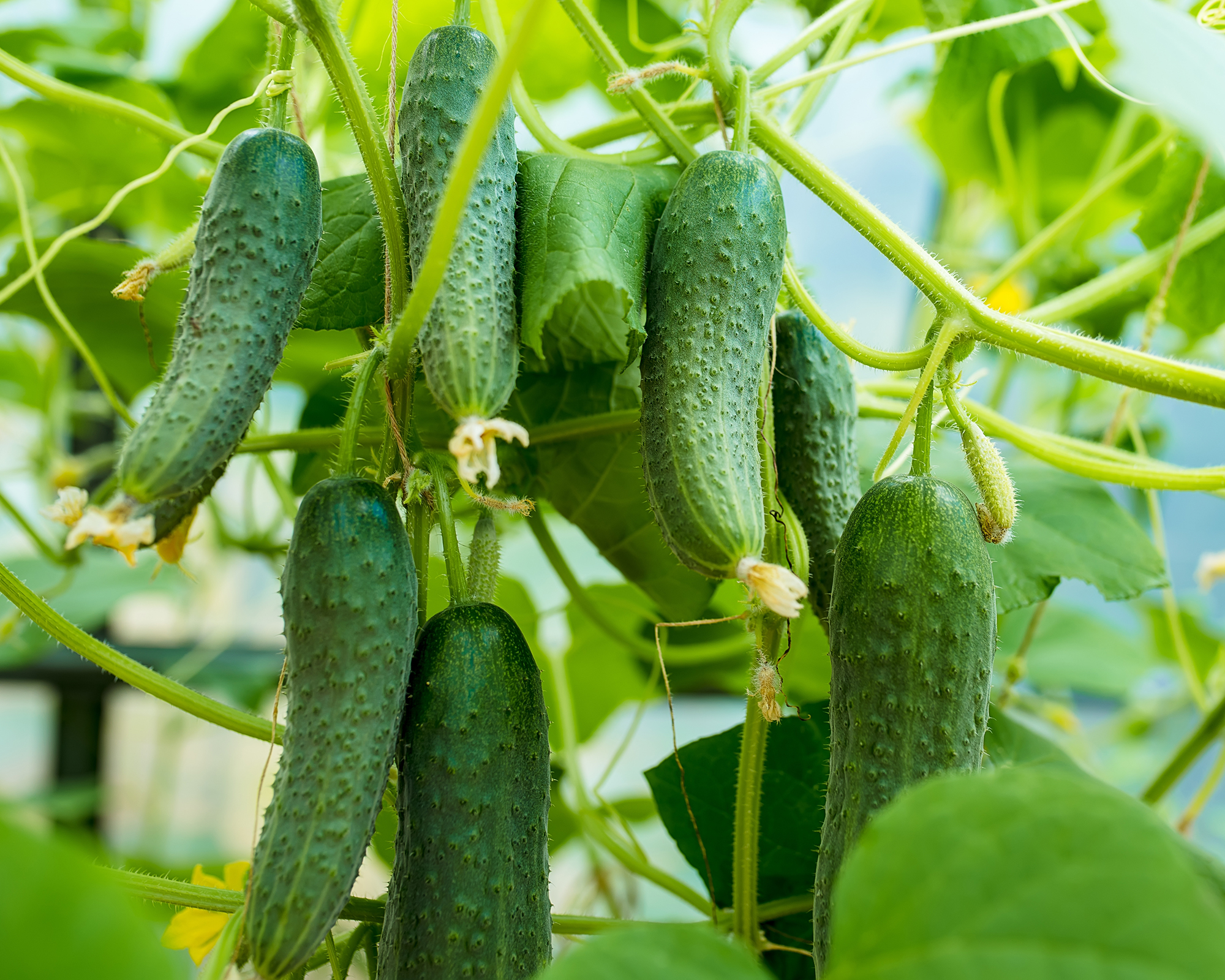
Cucumber cuttings grow and mature slowly, so this is a great option for saving a plant over the winter for transplanting in spring.
Take a healthy cutting from a cucumber plant and root in moist soil. Replant the cutting in a larger container when it has strong roots and keep it in a warm spot with indirect, bright light over winter.
5. Celery
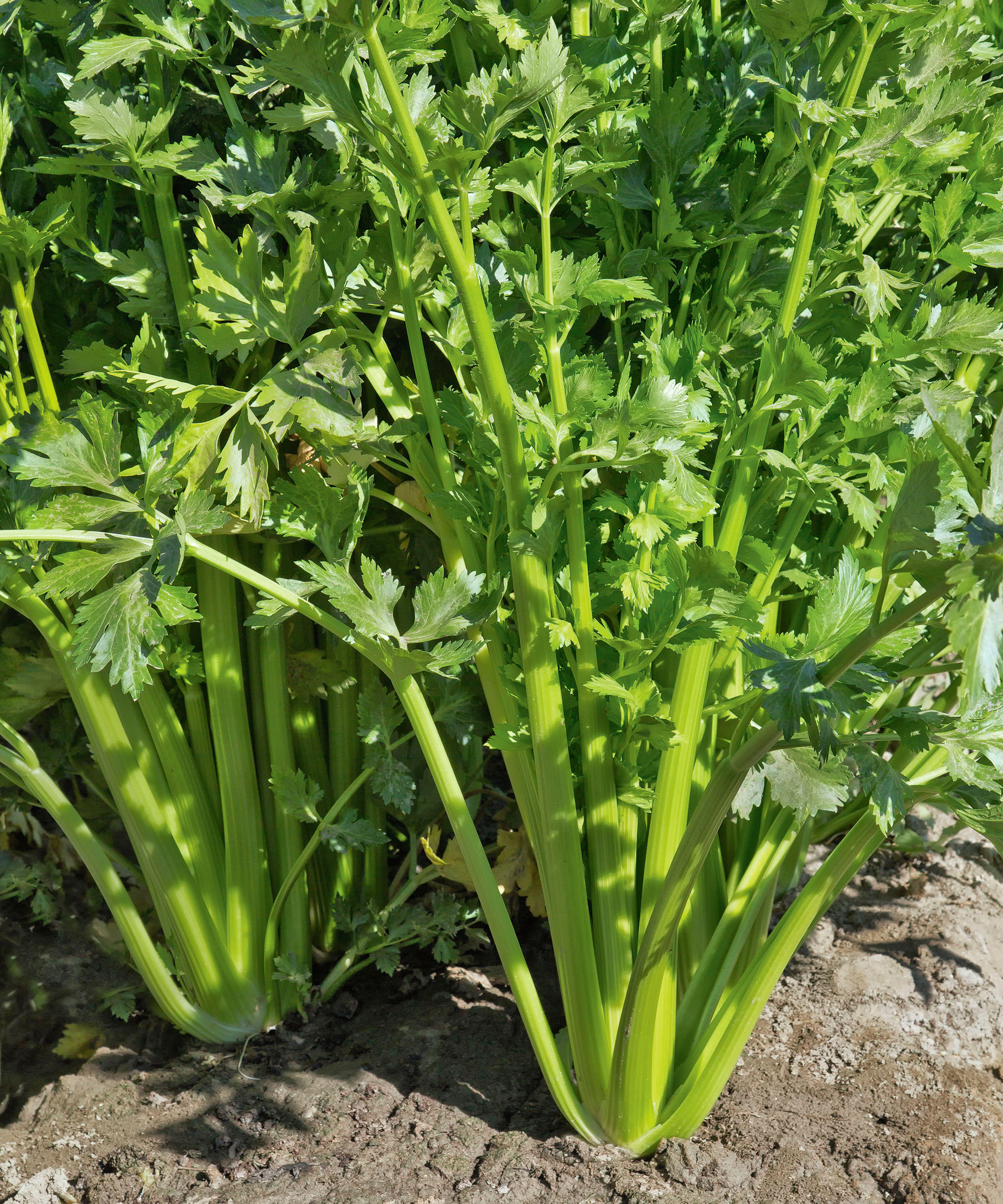
It's easy to propagate celery from plants in your vegetable bed or from grocery store celery.
Cut off the base of a bunch of celery and set it in a shallow dish of water in a warm, sunny spot. Within days, you’ll see roots form at the bottom and new leaves growing from the top. You can then plant it in soil with just the leaves above the surface and regrow a new celery plant.
6. Leaf Lettuce
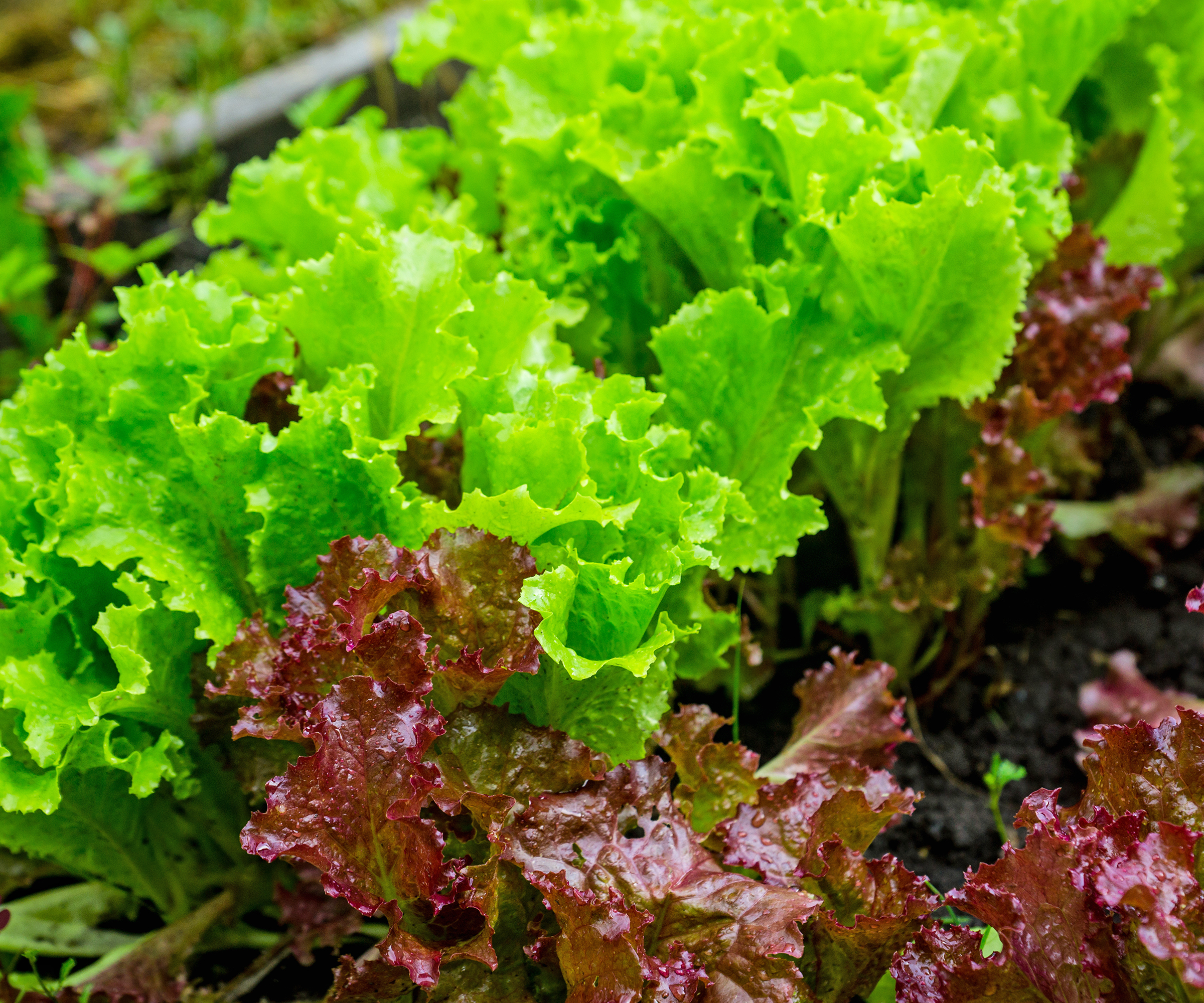
You can also regrow lettuce from leaves you cut from your vegetable patch or from leftover store-bought leaves. Romaine and other leaf lettuces work best.
Save the heart from a plant and set the base in water until roots and new leaves grow. Remove the original leaves as they begin to wilt and die. When you have strong roots and new leaves, plant the base in soil to regrow.
7. Herbs

Most herbs are very easy to regrow from cuttings. Take a cutting with a few leaves at the end and place it in water. Set it in a warm, sunny spot and watch for roots to grow. Replant the cuttings in soil indoors or outside.
Herbs are particularly convenient to grow indoors for the winter, as they don’t get too big.
8. Onions

Regrow scallions or larger onions by rooting the base of bulbs. Cut about one inch (2.5cm) of the base of an onion (or less for a scallion). Place the bottom of the cutting in water and let it root. Once you see healthy roots, you can plant the bulb cutting in a larger container or outdoors.

Mary Ellen Ellis has been gardening for over 20 years. With degrees in Chemistry and Biology, Mary Ellen's specialties are flowers, native plants, and herbs.
